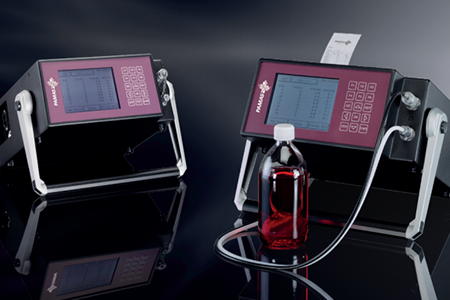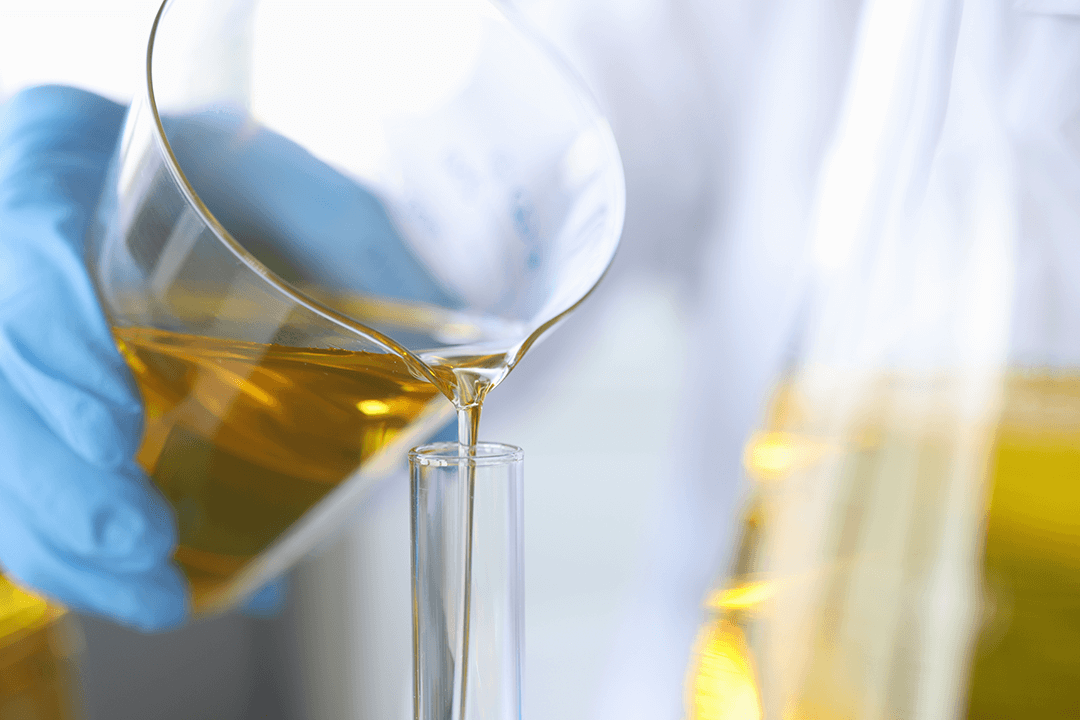Learn how maintenance can be optimized through advanced oil analysis techniques such as particle counting. Explore the significance of incorporating particle counting into maintenance practices to enhance equipment performance and longevity. Are you leveraging innovative maintenance strategies to maximize the efficiency of your machinery?
Oil analysis is essential to ensuring the effectiveness of maintenance. It is the foundation of efficient machinery operation. Particle counting enhances equipment maintenance procedures. Engineers use advanced oil analysis techniques to identify maintenance needs proactively. It reduces downtime and boosts productivity.
Track Internal Conditions from the Outside
Oil analysis is a crucial maintenance tool for monitoring and assessing the condition of lubricants and equipment. It helps identify issues, prevent fatal failures, and increase equipment reliability. The results of testing and analysis provide important details about the condition of the equipment and the oil being tested. Unchecked wear particles and contamination can severely impact equipment performance and reliability. Oil analysis helps identify the causes of equipment problems. This includes irregular wear and lubricant deterioration, leading to component failures.
Predict Maintenance
The outcomes of oil analyses are essential for predictive maintenance plans. They offer early warning signs of possible problems. These are component failures, excessive idling, and fuel dilution. Declining conditions, higher levels of contamination, and lubricant degradation can all be found by keeping an eye on trends within oil properties. Before issues worsen and become failures, maintaining activities such as oil changes, filter replacements, and component repairs can be predicted by creating a trending history of oil analysis for equipment components.
Value of Oil Analysis: Beyond Testing
Accredited laboratories conduct standard oil analysis tests. The tests includes Fuel Dilution, Nitration/Oxidation, Acid Number/Base Number, Viscosity, Particle Count, and Elemental Analysis by ICP. These tests provide equipment users with test results, a review by a Data Analysts team, and maintenance recommendations. A successful oil analysis program has the greatest return on investment (ROI) when it accurately interprets sample test results and acts timely.
The oil analysis sample report includes numerical test results. These results consist of:
- Wear metals
- Contaminant metals
- Multi-source metals
- Additive metals
- Contaminants (fuel, soot, water)
- Fluid properties (viscosity, acid number, base number, oxidation, nitration)
A data analyst reviews the results and flags the results based on severity for each data set.

Lubricant Analysis Reports Test Results for Wear, Contaminant, and Additive Metals, Source: Machinery Lubrication
Particle count is a crucial test for assessing fluid and system cleanliness in filtered systems. These are:
- Hydraulics
- Turbines
- Compressors
- Auto/power-shift Transmissions
- Recirculation Systems
- Filter gear systems with a fluid viscosity of ISO 680 or less
It measures all particles accumulated in a system. It involves metallic and non-metallic particulates, dirt, fibers, and biological growth. There are several test techniques for measuring particles in used lubricants. Each instrument and laboratory can produce different results. The Automatic Particle Counting method counts the number of particles in a sample using a device that combines a laser and sensor. The particle count per milliliter at different micron sizes was the typical way it was presented.

PAMAS S40 is a portable particle counting system for oil-based liquids like hydraulic and lubricating oil.
Particle Quantifier
Particle quantifying (PQ) is the preferred test method for measuring the concentration of sizeable ferrous wear particles in used lubricants. PQ measures the density of ferrous debris without a particle size limitation. It assigns a value based on the metallic content in the sample. When used with AES-ICP, comparing PQ results with ICP results can reveal the severity of abnormal wear events. The ICP can detect smaller wear sizes but has limitations with larger particles (> 7µm). Further testing can help identify contamination sources and assess component damage.
Wear trends can be detected by tracking iron concentrations using elemental metals analysis (ICP) and particle quantifier. It warns operators in advance of possible issues. This prompts the laboratory to test the lubricant sample using analytical ferrography. This is done to specify the type and level of wear. A qualified analyst performs analytical ferrography. It gives more detailed information about contamination or mechanical wear. It offers an organized plan of action when paired with additional elements such as viscosity, acid number, PQ, metals analysis, and water content.
Analytical Ferrography
Analytical Ferrography is a method that identifies and characterizes wear particles suspended in lubricating oils. It provides detailed information about their size, shape, composition, and distribution. It involves reviewing a ferrogram, a slide prepared from the sample. This is to study wear and contamination under a microscope. The ferrous objects in the oil are collected. The sample is poured through a tube across a glass slide suspended over a magnet. The oil, soot, dirt, and other debris are rinsed off, leaving the ferrous wear visible under a microscope.
An analyst can view the various wear mechanisms in the oil by examining a ferrogram. Unlike some other testing methods, it is not restricted by the size of the wear particle. Both large and small wear as well as hints of potential causes can be easily identified.
Filter Debris Analysis
Oil filters in equipment systems remove contaminants and particles. They also remove evidence that can help identify system wear and contamination. The Filter Debris Analysis process removes particulates from filter media. It isolates them for laboratory analysis. This includes preparing a filter patch of debris, conducting ferrography, and testing the elemental metal on any oil that arrived with the filter. A trained ferrographic analyst can identify the particulates' type, size, and shape. This can be combined with routine oil analysis testing to identify the root cause of equipment wear or catastrophic failure.
Oil Analysis as a Tool for Predictive Maintenance
An essential technique for identifying abrasive particle contamination in lubricating oils is oil analysis. It enables prompt maintenance and corrective action. This increases equipment longevity, helps avoid performance and reliability problems. It also guarantees that the necessary corrective action is done.
In conclusion, maintenance is essential for optimizing equipment performance and ensuring longevity. Integrating oil analysis techniques like particle counting into maintenance protocols helps engineers proactively identify maintenance needs. This minimizes downtime and maximizes productivity.
CRE Philippines understand the critical role that maintenance plays in equipment reliability. We provide innovative Machine Diagnostics Program and MLA II Oil Analysis Training.
The CRE Oil Analysis Program is a comprehensive initiative aimed at enhancing equipment reliability through advanced oil analysis techniques. The program aids in identifying potential issues like contamination, wear, and lubricant degradation by regularly analyzing oil samples. This proactive approach helps businesses anticipate equipment failures, reduce downtime, extend equipment lifespan, and enhance operational efficiency.
MLA II Oil Analysis is intended to give thorough insights into the health of machinery. This training covers introduction to machinery lubrication, oil analysis fundamentals, oil sampling best practices, contamination control, and fault detection & wear particle analyses. We can transform your maintenance procedures and help your equipment reach its maximum potential.
Contact us to maximize the performance of your equipment and transform your maintenance procedures.
Source:
Debshaw, B. (July 2023) Enhancing Equipment Performance: The Role of Oil Analysis and Particle Counting. Machinery Lubrication.



